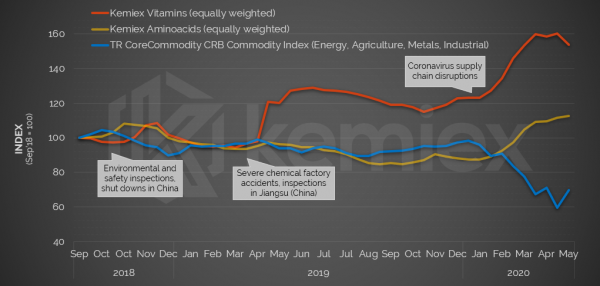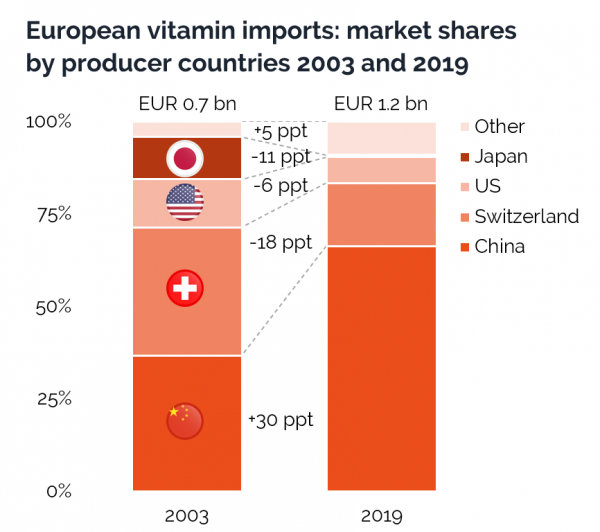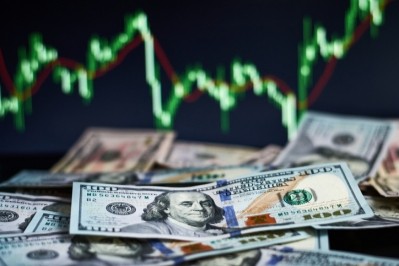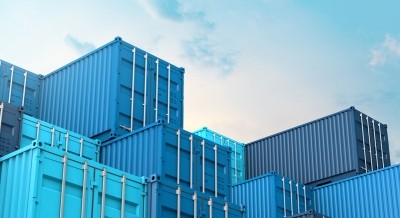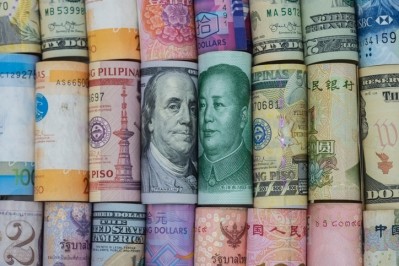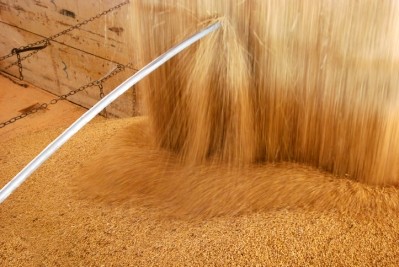Production in China back to pre-crisis levels, but will back-shoring and sourcing diversification talk shift future trade flows?
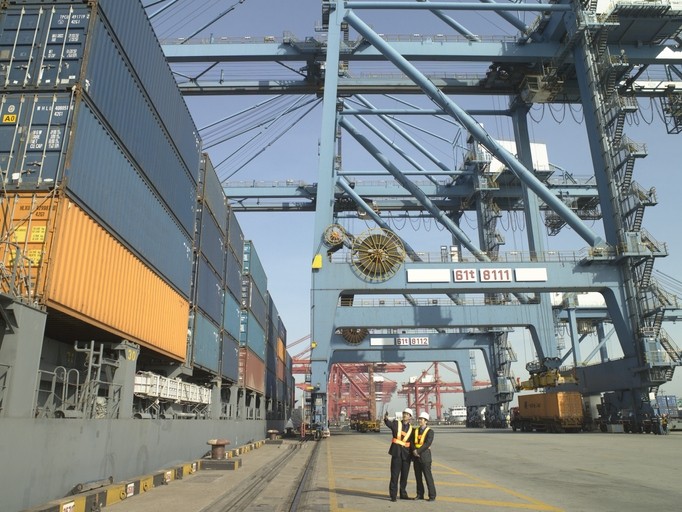
Strategic stock building, along with geographic and supplier diversification are topics that that have received a lot of attention from industrial players since January this year, when the first market disruptions due to the COVID-19 outbreak began to be felt, said Stefan Schmidinger, partner, Kemiex.
“However, production in China has recovered very fast and, since April 2020, it is back to pre-crisis levels,” he told FeedNavigator.
There are almost no market disruptions in China right now related to COVID-19 linked factory production, said Schmidinger. Any supply problems that do exist are often in relation to starting materials and intermediates that are in short supply globally.
“However, our network is currently closely following reports of a potential second wave of infections in the Northeast provinces of Jilin and Heilongjiang, home to 108 million people and important amino acids and vitamin producers. Production is not impacted for now, but market players are sensitive to any new COVID-19 developments and reports in China and globally.”
Risk mitigation
“Additional cargo train connections from China to Hamburg and other European cities might diversify some of the transport risk going forward,” he continued “as seaport handling saw disruptions and air freight rates from Asia skyrocketed during Covid-19. It might take some time still to increase capacity and reduce prices to become really relevant."
India continues to see limited market disruptions in raw material supplies as the lockdowns have been extended several times, he said. Feed, food and pharma industries are exempted; however, restrictions are impacting movement of people and goods.
“The second half of 2020 will tell us if the increased stock-building and prices in the first half 2020 were sustainable or if COVID-19 also impacted demand for protein and feed additives consequently,” commented Schmidinger.
He does raise the idea of potential consolidation among Chinese or other companies that suffered financial losses during lockdowns.
The Kemiex vitamin price index below shows prices lowering from recent highs, taking a break or marking an inflection point.
Back-shoring trend
“In the pharmaceutical sector, we are hearing more than ever about technology transfers back to Europe and the US also for small molecules, as the crisis sparked a political acceptance for back-shoring. Whether this continues to materialize over the long-term remains to be seen, as such production often requires a large amount of resources, entails environmental emissions, and will certainly lead to price increases,” noted Schmidinger.
Kemiex is not aware of strategic back-shoring initiatives for vitamins or amino acids.
“During the COVID-19 crisis, we have seen governments confiscating raw materials and blocking borders inside the European Union and the US, leading one to ask whether the supply of a raw material is any safer if it is coming from a Western country in times of severe crisis,” reflected Schmidinger.
How China entered the fray
Interestingly, Kemiex, whose clients are the world’s leading bulk buyers, traders and producers of feed/food additives and active ingredients, recently published a report looking back on the significant changes in the import of vitamins to Europe between 2003 and 2019.
It shows how China became a dominant player in feed, food and pharma ingredients over the past 16 years.
“The early 2000s were the years where the vitamin and API markets saw big changes,” said Schmidinger.
China invested heavily to attract chemical and pharmaceutical production, a trend continued on from the 1980s when India ramped up its production of generics, he said.
“It was attractive to transfer technology and manufacturing to China due to favorable production factors like labor, energy and environmental laws.”
As this trend accelerated, he continued, more local Chinese capacity and knowledge entered the markets, adding supply and pressure on prices and resulting in further industry consolidation and transfer of factories to China.
“Last year, high supply capacity and some lower demand in feed due to African Swine Fever (ASF) brought prices to quite low levels, with some exceptions.”
Since 2017, China has been making a huge effort to put in place regulation and high standards in relation to safety and environmental impact, leading to some short-term interruptions but a more sustainable strategic positioning, he added.
There are still some vitamin facilities in Europe, he stressed, but those are typically focused on high-value products – pharma, sports nutrition, and premix – or they are serving local markets like Germany and France.
Market share data
Between 2003 and 2019 then, China's market share of vitamin imports to European countries increased (+30 ppt) while Switzerland decrease-18 ppt, the US reduced it share (-6 ppt), and Japan decreased from 12% market share to only 1%, the Kemiex publication shows:
